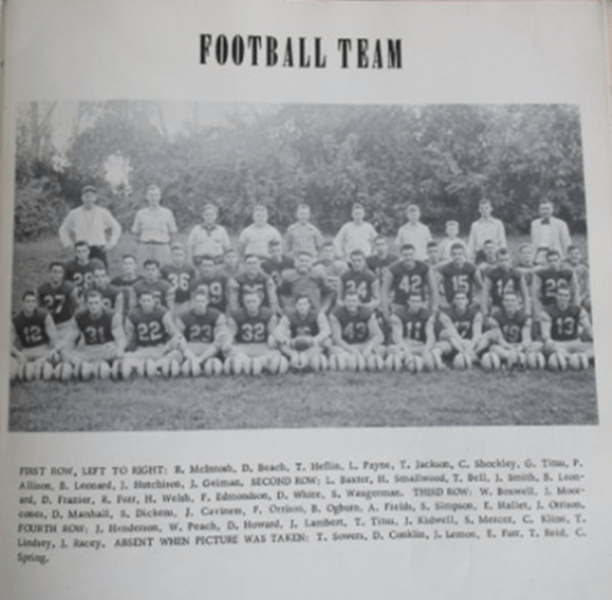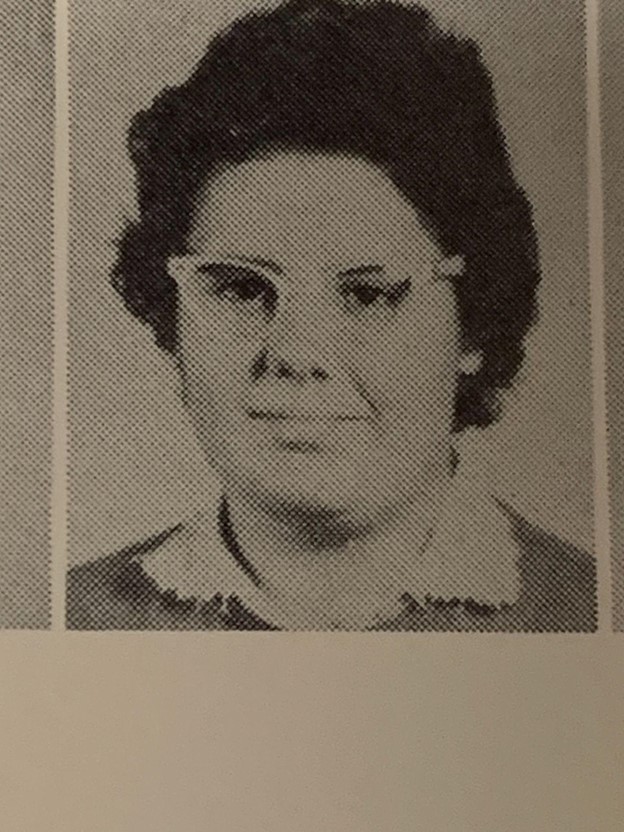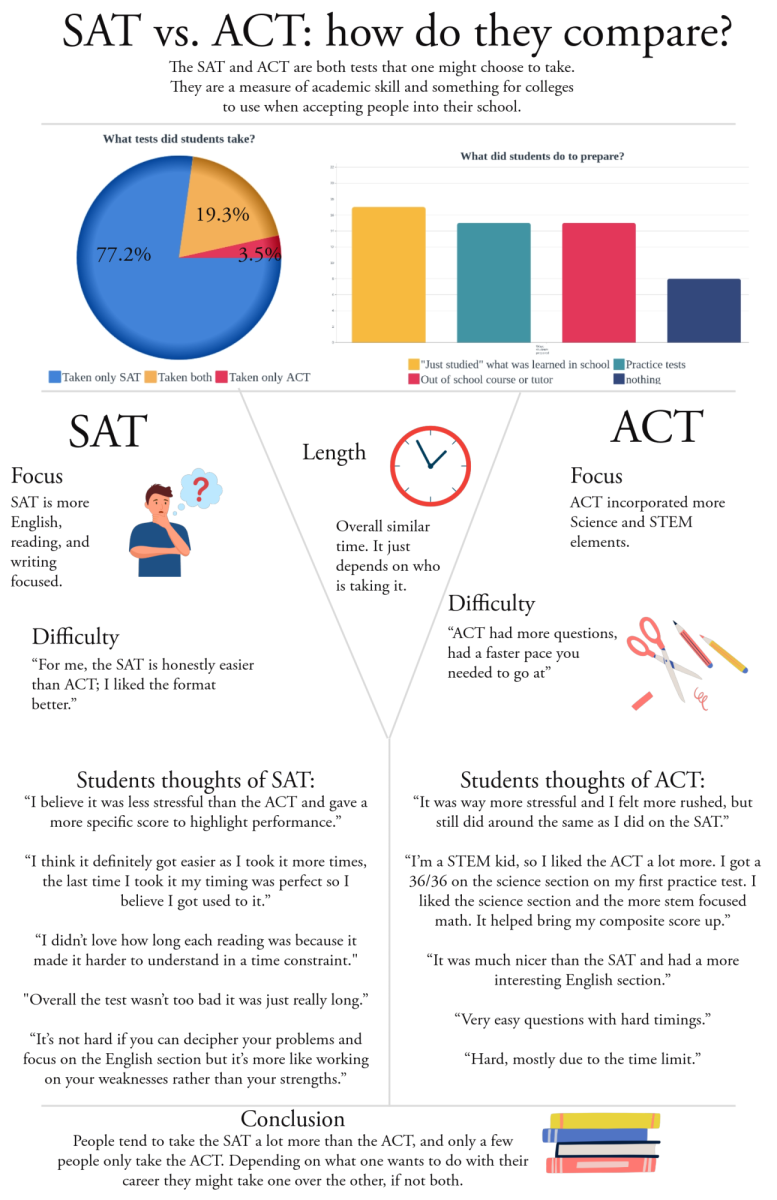18 Loudoun teenagers overdosed on opioids on school grounds, eight at Park View High School, in October alone. Overdoses lead to respiratory failure and cyanosis, which is loss of oxygen in the blood causing blue skin and a zombie-like appearance. In 2021, 30% of state overdoses resulted in death.
According to Texas Health and Human Services, two milligrams of fentanyl, less than the size of the tip of a pencil, can lead to death. For comparison, a typical over-the-counter Advil or Ibuprofen pill is usually 200-500 milligrams in size.
Students must educate themselves to prevent overdoses. Most students are on social media, so anti-drug organizations should market directly to teens. Though students in sixth grade and up are required to attend drug prevention presentations, and parents are welcome to attend fentanyl information sessions (the last of which was on January 18), those presentations do not have the desired impact.
Movies often romanticize drugs and alcohol. Like many Hollywood characters with glorified drug addictions, Jordan Belfort, a stockbroker in The Wolf of Wall Street, doesn’t face the devastating consequences that come with a real-life addiction. Although these fictional characters may be able to wake up the next day after doing drugs, students will likely suffer a different fate.
Pop culture is another perpetrator of the drug epidemic. Social media sometimes promotes drugs or romanticizes meth, cocaine, or fentanyl. In recent years, music artists such as Michael Jackson, Prince, Mac Miller, Juice WRLD, and others have died due to overdose. A drug overdose can happen to anybody, celebrities and students alike, even those who think they are “safe.”
Parents should monitor what their children watch and help them understand that the consequences are more severe than often portrayed. If youth had the education to understand the consequences of drug use, they may be more inclined to a better future, less crime, and higher academic achievement, according to the Addiction Policy Forum.
According to HealthTalk, the most effective deterrents to drugs are the knowledge and fear of the negative implications of drug use, including death, lack of a future, addiction, and physical, mental, and familial issues. Students must understand that illegal drugs are likely to contain fentanyl, and the smallest amount could end their lives.
Some who overdose are not aware that they are being drugged. Most fentanyl is found in methamphetamine (meth), heroin, cocaine, and counterfeit pills, but some students are being drugged by their peers, who have drugs that unknowingly contain fentanyl. Students should be aware of what pills and drugs contain fentanyl and what they look like. Stay away from all illegal drugs, and be aware of where your prescription drugs are coming from.
To repeat: teens should only be consuming medications prescribed to them and obtained from their pharmacy.
Criminal drug networks often produce counterfeit pills that appear safe and controlled, such as Xanax, Adderall, and Percocet. These seemingly safe pills actually contain fentanyl, which cannot be identified through sight, taste, or smell if in a pill.
Distributors often market these counterfeit drugs as a way to “solve all their problems” or give drug users, especially teens, a feeling of relaxation. Drugs, and opioids are never the answer and will only worsen the situation.
The Drug-Alcohol Resistance Education (D.A.R.E.) program introduced to fifth graders to teach them about drugs and alcohol is significantly ineffective, according to a study conducted by Steven West, PhD and Keri O’Neal, PhD, as well as several other sources. While students should be educating themselves individually, the D.A.R.E program should implement a more engaging curriculum, occurring in eighth grade, when students are more likely to have access to drugs.
For some organizations, using Instagram or Tiktok may be beneficial in spreading the message. If companies can create scary, but educational skits or infographics, some students may be more likely to listen. You, the reader, should take ten minutes out of your gaming, or mindlessly scrolling on social media, to research drug use and abuse; it could save a life. It could save your life.
The Drug Enforcement Administration (DEA), and The Substance Abuse and Mental Health Services Administration (SAMHSA) both offer online resources to educate students and also provide options if you are looking for help. In the case of a crisis, call SAMHSA’s hotline at 1-800-662-4357. Do not be a statistic; be educated.





















